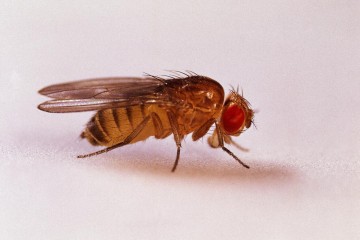Strategic grant
Use of Drosophila models to explore the function of asthma susceptibility genes

At a glance
Completed
Award date
April 2015 - March 2017
Grant amount
£89,116
Principal investigator
Professor Donna Davies
Co-investigator(s)
Institute
University of Southampton
R
- Replacement
